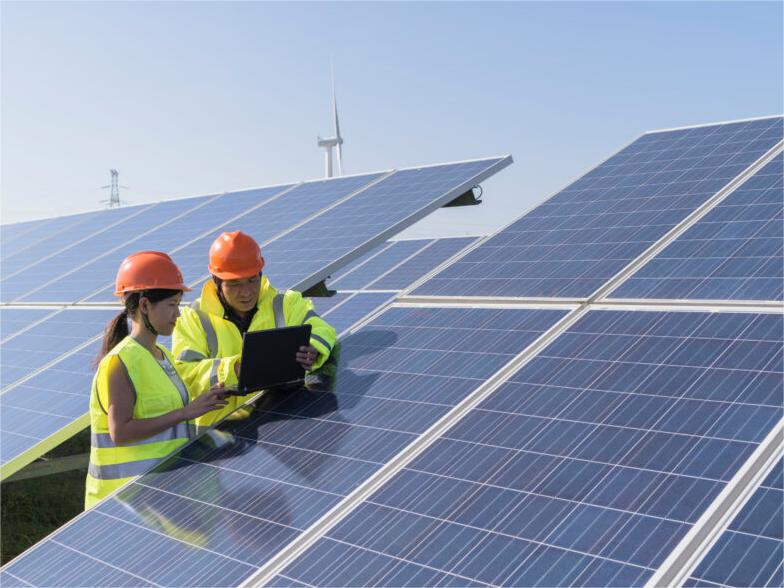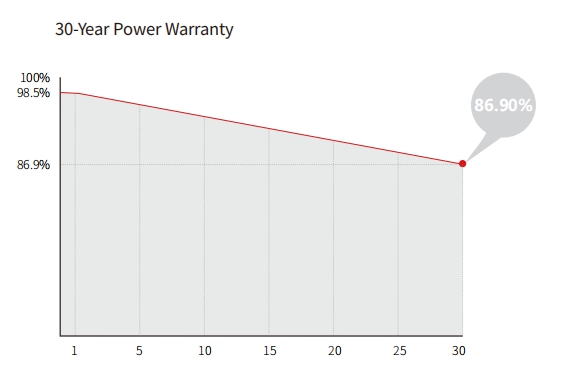Search
What Are You Looking For?
What Are You Looking For?
The Lifespan and Degradation of Solar Panels: A Science Explainer?
Apr 26, 2024Solar panels, like most equipment, do not maintain 100% efficiency beyond their average lifespan and gradually cease operation after about 30 years. As time progresses, the power output of solar panels diminishes at a steady rate, a process known as degradation.
The average degradation rate for solar panels is approximately 0.5% per year, indicating that the energy output of a solar panel will decrease by about 0.4 – 0.5% annually. After 20 years, your panels should still be producing around 90% of their original output.
What Causes Degradation in Solar Panels?
1. Various external factors, such as weather conditions, can wear down the panels, reducing their power generation capacity.
2. Microcracks in the silicon of the solar cells. These tiny fractures can weaken electrical connections, leading to fewer pathways for the sun's electrons.
3. Natural causes like moist heat, humidity freeze, and ultraviolet (UV) exposure. Long-term exposure to high humidity at elevated temperatures, known as damp heat, can degrade the insulating material of the cells.
4. The sun's ultraviolet radiation can cause discoloration and degradation of the backsheet.

However, although the power generation efficiency of solar panels may decline to 80% after 25-30 years, this does not mean these solar panels are worthless, as they are still usable. Typically, you can decide whether to replace the solar panels with new ones for your project or continue using them to save costs, based on your business plan.
WERAN's solar panels adopt HPBC (Hybrid Passivated Back Contact) technology, which is a high-efficiency back contact solar cell technology. It involves adding a POLO structure on top of PERC/PERT and moving the grid lines to the back to address the contradiction between silicon passivation and conductivity. This technology significantly reduces surface recombination, leading to a notable increase in open-circuit voltage and thus improving the conversion efficiency of the photovoltaic cell.

Currently, the power generation efficiency of solar panels using HPBC technology can reach up to 23%, which is only 0.3% lower than the efficiency of solar panels using TOPCon technology, while the raw material cost is significantly reduced. This makes the solar panels with P-type solar cells using HPBC technology highly cost-effective, making them more suitable for a wide range of power generation projects and commercial/industrial projects.
If you are interested in our HPBC solar panels, please leave a message in the "Contact us" section below, and we will provide you with more information as soon as possible.